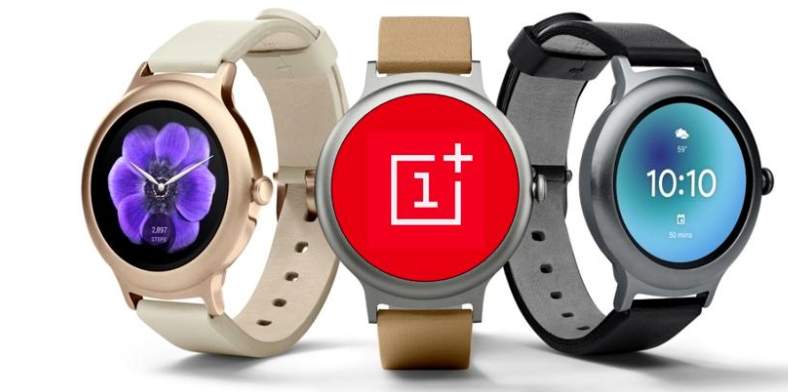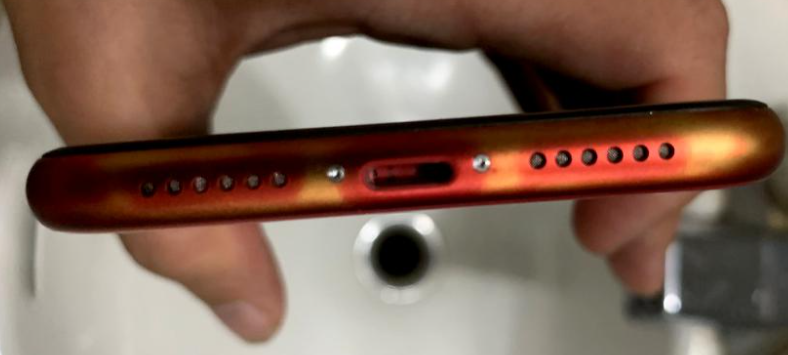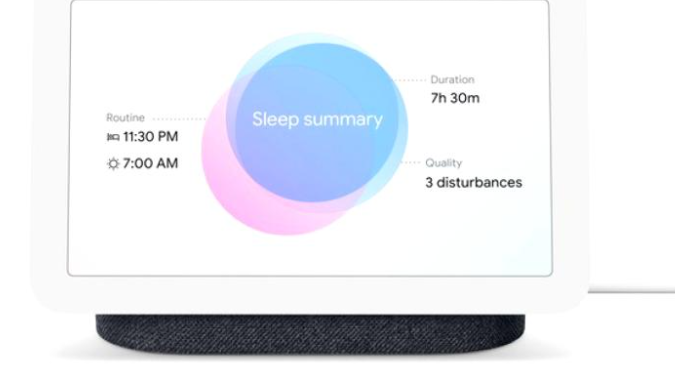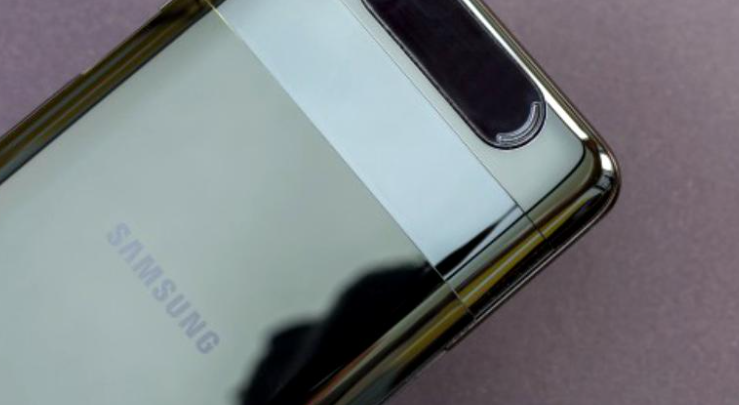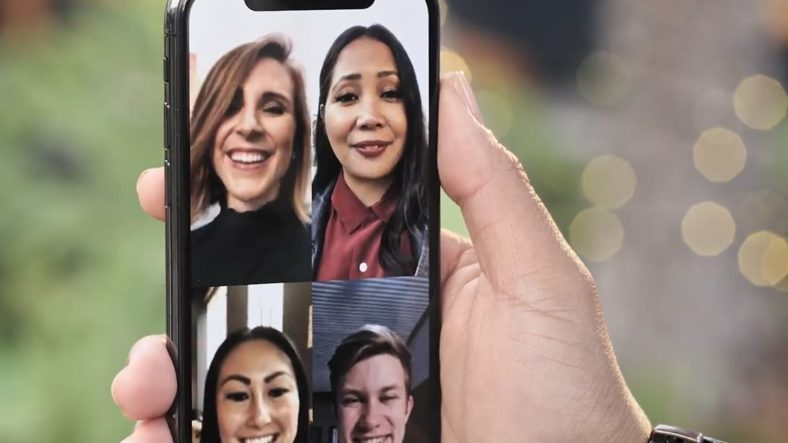
Statistics show that only in the USA, business people make about 11 million video calls every single day. Video calling apps have faced an enormous popularity growth in recent years, and it will extend even more in the context of COVID restrictions and school closures.
Whether you’re using WhatsApp, Skype, Viber, Zoom, Slack, Google Meet, or some other video calling service, we have to admit that none of them will always work perfectly. Lack of decent video/audio quality will occur sooner or later, but the best part is that anybody can learn how to tackle such issues. Behold our top recommendations:
Use an ethernet cable
Instead of using a usual connection to your WiFi router, you can use an ethernet cable to plug the computer directly into the router. This grants you faster internet connection almost anytime, and you’ll most likely need it if the person you’re talking to via video call sounds like he or she is stuttering. If the video freezes, that can also be a symptom of bad internet connectivity.
Use headphones and a built-in mic
Video calls are useless if you don’t hear the person you’re trying to talk to. That means that you should try wearing headphones or earphones that come with a built-in microphone. This will reduce the background noise your microphone has to pick up, and it will also keep your voice from echoing.
Close other programs
Keeping unnecessary apps running can have a negative impact on your connection. Therefore, close those unwanted programs and see if there is unnecessary software running in the background by accessing the Task Manager. Your video call will run more smoothly if the computer doesn’t have other tasks to take care of.
Also, it’s a great idea to turn off any notifications while you’re in a video call. You certainly wouldn’t like to talk to someone via Chatrandom or Omegle and hear many rings of the person’s incoming messages. Therefore, you shouldn’t do to others what you don’t like others to do to you.
Use only WiFi connectivity
This method won’t actually improve your video call quality, but it can save you some decent amounts of money. Video calls usually consume many megabytes, and that’s why you shouldn’t rely on cellular data. Switch to WiFi, even if you have an unlimited plan. By doing so, you’ll prevent accidental data shortage.
Feel free to try out these methods, as the chances are huge that they will solve your problem. Updating your video calling app to the latest version is also a crucial aspect if you haven’t done so already.


